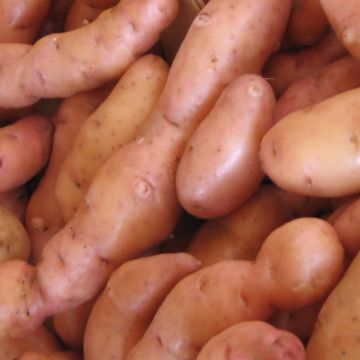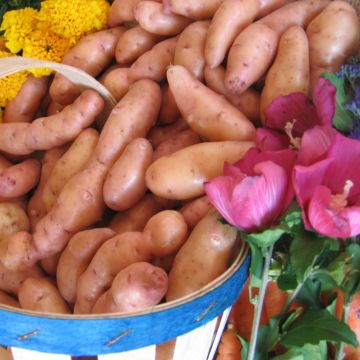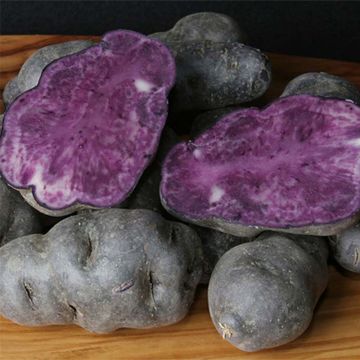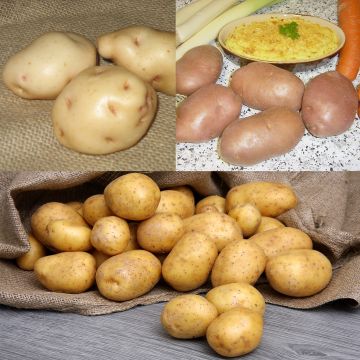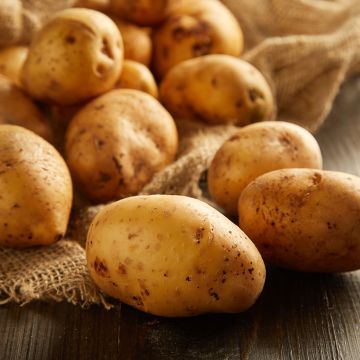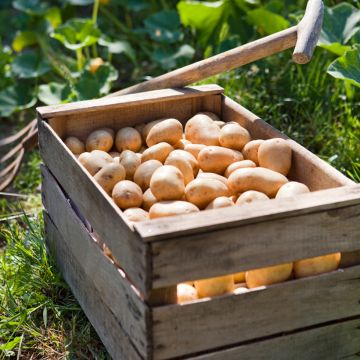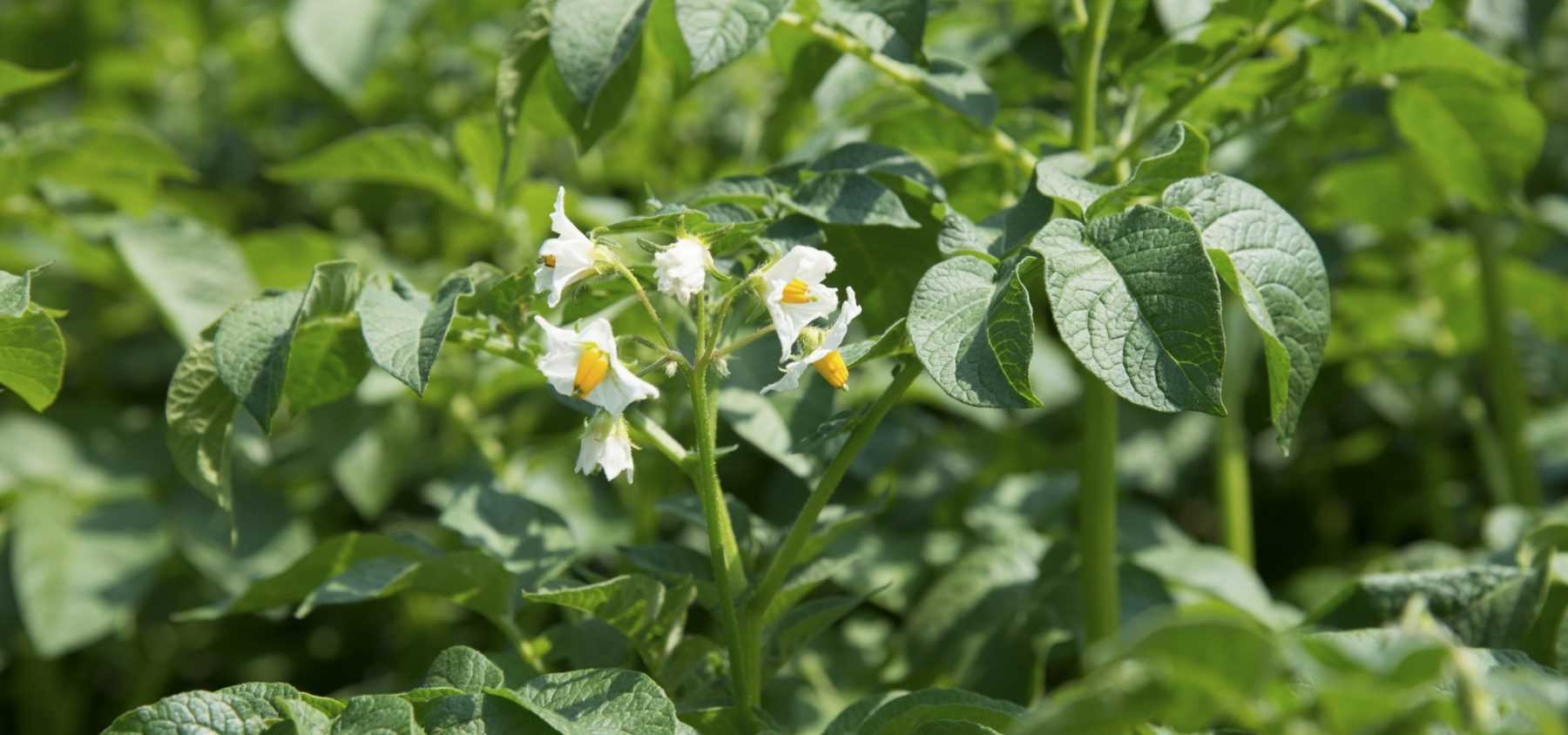
Planting potatoes
in the vegetable garden
Contents
Where to plant them: climate, exposure
The potato is an easy-to-grow tuber that thrives in all climates and soil types. Choose a sunny location.
The soil
Potatoes thrive in light, deep and rich soils. Add well-rotted compost (at least 3 kg per square metre) in the previous autumn, by raking it into the top 5 cm of soil after thoroughly loosening the ground.
Discover other Seed potatoes
View all →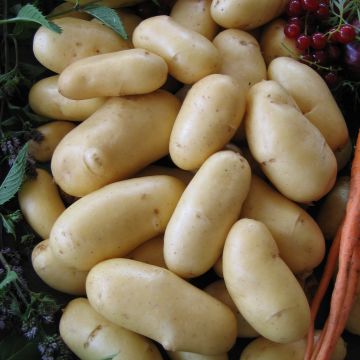
Available in 3 sizes
Available in 1 sizes
Available in 1 sizes
Available in 1 sizes
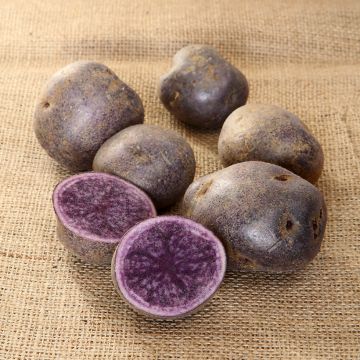
Available in 1 sizes
Available in 1 sizes
Available in 1 sizes
Available in 2 sizes
Available in 1 sizes
Available in 2 sizes
Sprouting tubers
Planting is done with pre-sprouted tubers. If they haven’t sprouted when purchased, store them for a few days in a light, unheated room (an ideal temperature is 10-15°C). Arrange them in crates without stacking them, and wait!
When to plant?
Potatoes can be planted from February under cover (cold greenhouse, polytunnel or under horticultural fleece) for “early” varieties and from mid-March to May for other varieties, when the soil temperature reaches 10°C.
How to plant?
Two methods are commonly used today: traditional planting in soil (with earthing up) and cultivation under mulch.
**Traditional method with earthing up during growth:** Create rows **10 cm deep**, spaced 50 to 70 cm apart. Place **one tuber, sprout facing upwards, every 40 cm** (or 30 cm for early varieties). **Cover with soil** and water lightly if needed. One or two rounds of earthing up will be required as the plants grow.
**Mulch method:** Planting under mulch involves **placing the tubers directly on the soil (maintaining the same spacing as traditional cultivation)** and **covering them with a thick layer of mulch**. This protective layer should be replenished as the plants grow, ensuring the tubers remain shielded from light.
In small gardens, **growing in a tower** is another option: it can be built using various materials (wood, wire mesh, sacks, tyres…). The tubers are placed on a base of compost or potting soil. As the plant grows, it is gradually covered with more compost, leaving only the top leaves exposed. This process is repeated until the tower is full, allowing tubers to form along the entire height of the container.
These techniques help harvest potatoes without damaging them, but they require a steady supply of straw or ample “green waste” such as grass clippings, dead leaves, or wood chips in the garden.
- Subscribe!
- Contents


































